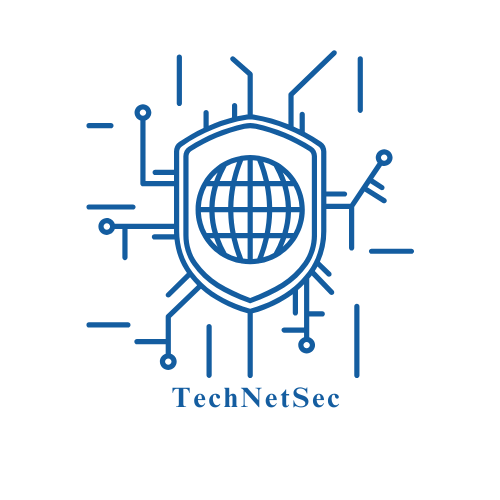
OSI vs TCP/IP Models: Understanding Layers and Encapsulation
*Meta Description: Explore the OSI vs TCP/IP models, their layers, encapsulation methods, and how they impact networking and cybersecurity. Learn the differences today!*
Introduction
In the world of networking, the OSI (Open Systems Interconnection) model and the TCP/IP (Transmission Control Protocol/Internet Protocol) model are essential frameworks that define how data is transmitted across networks. Understanding the differences between these two models is crucial for networking professionals and cybersecurity experts alike. This blog will guide you through the layers of each model, their encapsulation processes, and real-world applications that highlight their importance.
Key Concepts / Technical Explanation
OSI Model
The OSI model consists of seven layers, each serving specific network functions:
1. **Application Layer**: End-user services, such as email and file transfer.
2. **Presentation Layer**: Data translation and encryption.
3. **Session Layer**: Manages sessions between applications.
4. **Transport Layer**: Responsible for reliable data transport and flow control (e.g., TCP, UDP).
5. **Network Layer**: Handles routing and forwarding of packets (e.g., IP).
6. **Data Link Layer**: Manages node-to-node data transfer (e.g., Ethernet).
7. **Physical Layer**: Deals with the physical connections like cables and switches.
TCP/IP Model
In contrast, the TCP/IP model has four layers:
1. **Application Layer**: Similar functionality as the OSI Application and Presentation layers.
2. **Transport Layer**: Ensures data delivery and error handling (TCP, UDP).
3. **Internet Layer**: Corresponds to the OSI Network layer, handling packet routing.
4. **Link Layer**: Combines functions of the OSI Data Link and Physical layers.
Encapsulation Process
Encapsulation is a method used in both models to package data at each layer. This process involves:
**Data Generation**: The application layer generates data which is passed to the transport layer.
**Segmenting**: At the transport layer, the data is broken down into segments (TCP) or packets (UDP).
**Routing and Framing**: The Internet layer adds headers for routing, and the link layer frames the data for transmission over the physical medium.
Here’s a simplified representation of the encapsulation process:
Application Layer: Data
Transport Layer: Segments (TCP Header + Data)
Network Layer: Packets (IP Header + Segments)
Link Layer: Frames (MAC Header + Packets + Trailer)
Physical Layer: Bits
Real-World Applications / Use Cases
Understanding these models is vital for various networking scenarios:
**Network Design**: Professionals can structure networks employing the best practices derived from both models.
**Troubleshooting**: Diagnosing where a failure is occurring in the layered architecture can help isolate issues effectively.
– **Cybersecurity**: Awareness of layer functions allows security experts to implement appropriate defenses, such as firewalls at the network layer or encryption at the transport layer.
Best Practices / Tips
**Familiarize with Both Models**: Knowing the strengths and weaknesses of each model aids in making informed network design and security decisions.
**Use Layer Filtering**: Apply appropriate security measures at each layer to create a comprehensive defense.
**Regular Training**: Keep your team updated on both models and the latest networking standards to ensure they can address emerging threats effectively.
Conclusion
The OSI and TCP/IP models serve as foundational elements in understanding networking protocols and their functions. By grasping their layers and encapsulation processes, networking and cybersecurity professionals can enhance system design, performance, and security. As technology evolves, continuing education on these models remains paramount. For further reading, explore networking textbooks or online courses focusing on modern networking methodologies.
